You are on our United Kingdom website. Please select your region to see content specific for your location.
Knots per square inch (KPSI)
Knots per square inch (KPSI)
A knot per square inch (KPSI) is a measurement of the density of knots in a hand-knotted rug and is a general indicator of its quality and durability. Knot count can, however, vary substantially depending on many other factors (such as style, origin, etc.). So this measurement is just one aspect to take into account when assessing a rug.
How do you measure it?

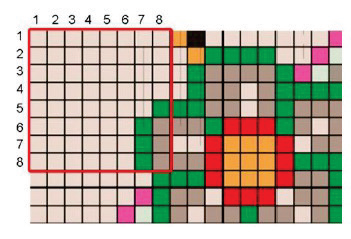
Turn a hand-knotted rug over and count the individual knots you can see running vertically for 1’’ and then horizontally for 1’’. Multiplying these two figures together will give you the overall KPSI.
-
14x14
Compare KPSI Qualities
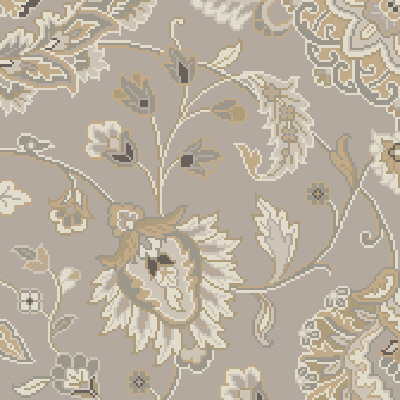
Each knot is in comparison to a pixel; the more pixels in a given area, the clearer the image. It applies to rugs as well.
More knots compressed into a square inch not just increase the intricacy and clarity of the design, it increases the durability of the rug as the knots are closely packed.
-
10x10
Compare KPSI Qualities
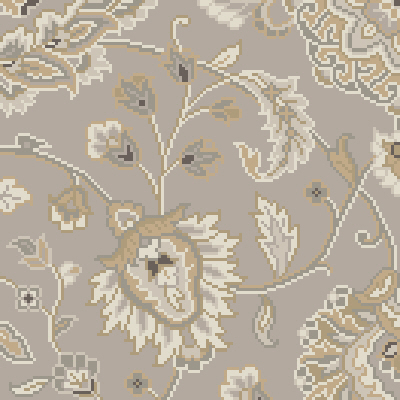
Each knot is in comparison to a pixel; the more pixels in a given area, the clearer the image. It applies to rugs as well.
More knots compressed into a square inch not just increase the intricacy and clarity of the design, it increases the durability of the rug as the knots are closely packed.
-
8x8
Compare KPSI Qualities
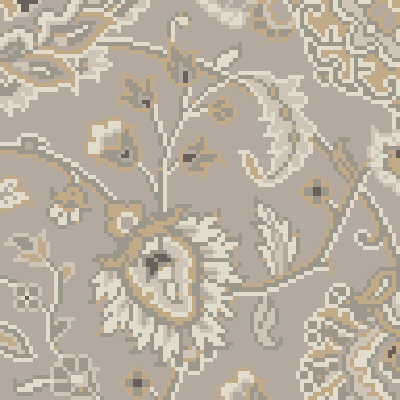
Each knot is in comparison to a pixel; the more pixels in a given area, the clearer the image. It applies to rugs as well.
More knots compressed into a square inch not just increase the intricacy and clarity of the design, it increases the durability of the rug as the knots are closely packed.
-
6x6
Compare KPSI Qualities
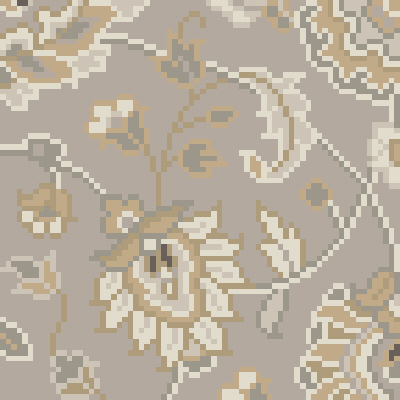
Each knot is in comparison to a pixel; the more pixels in a given area, the clearer the image. It applies to rugs as well.
More knots compressed into a square inch not just increase the intricacy and clarity of the design, it increases the durability of the rug as the knots are closely packed.
-
4x25
Compare KPSI Qualities

Each knot is in comparison to a pixel; the more pixels in a given area, the clearer the image. It applies to rugs as well.
More knots compressed into a square inch not just increase the intricacy and clarity of the design, it increases the durability of the rug as the knots are closely packed.
-
3x20
Compare KPSI Qualities

Each knot is in comparison to a pixel; the more pixels in a given area, the clearer the image. It applies to rugs as well.
More knots compressed into a square inch not just increase the intricacy and clarity of the design, it increases the durability of the rug as the knots are closely packed.
To accommodate for more knots, finer material may also be used like silk or thinner yarn, which increase the quality of the rug by the material used to create it. Higher KPSI also means more time on the loom, ranging from 5 to 12 months to completion.
The KPSI quality is displayed as vertical knots x horizontal knots e.g 8x8 – pronounced ‘eight eight’ quality.
KPSI Example
| Quality | 5x8 (150x240 cm) |
8x10 (240x300 cm) |
9x12 (270x360 cm) |
10x14 (300x420 cm) |
|---|---|---|---|---|
| 8x8(64) | 368.640 (knots) |
737.280 (knots) |
995.328 (knots) |
1.290.240 (knots) |
| 10x14(140) | 806.400 (knots) |
1.612.800 (knots) |
2.177.280 (knots) |
2.822.400 (knots) |
| 14x14(196) | 1.128.960 (knots) |
2.257.920 (knots) |
3.048.198 (knots) |
3.951.360 (knots) |
Knots

Persian (Asymmetrical) Knot
The knot is made by wrapping the yarn once around the warp and then passed under neighbouring warp strand. This knot type is used in creating hand-knotted rugs. Used in Iran, India, Turkey, Egypt and China.

Turkish (Symmetrical) Knot
The knot is made by passing the yarn over two neighboring warp strands. Both ends of yarn come out between both warps. Used in Turkey, Iran and the Caucasus.

Tibetan Knot
A weaving technique acquired from Tibet. Yarn is looped around two warps and around a rod. After the rod is covered with loops, a cut is made to form pile and remove the rod.


















